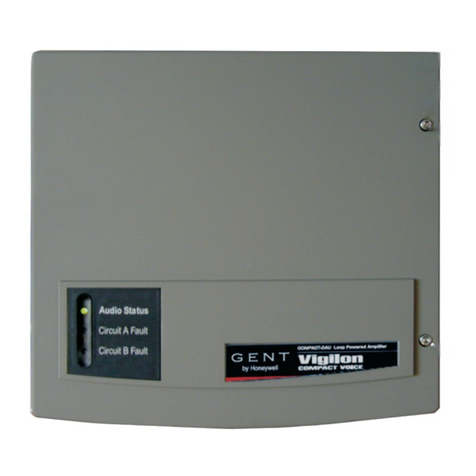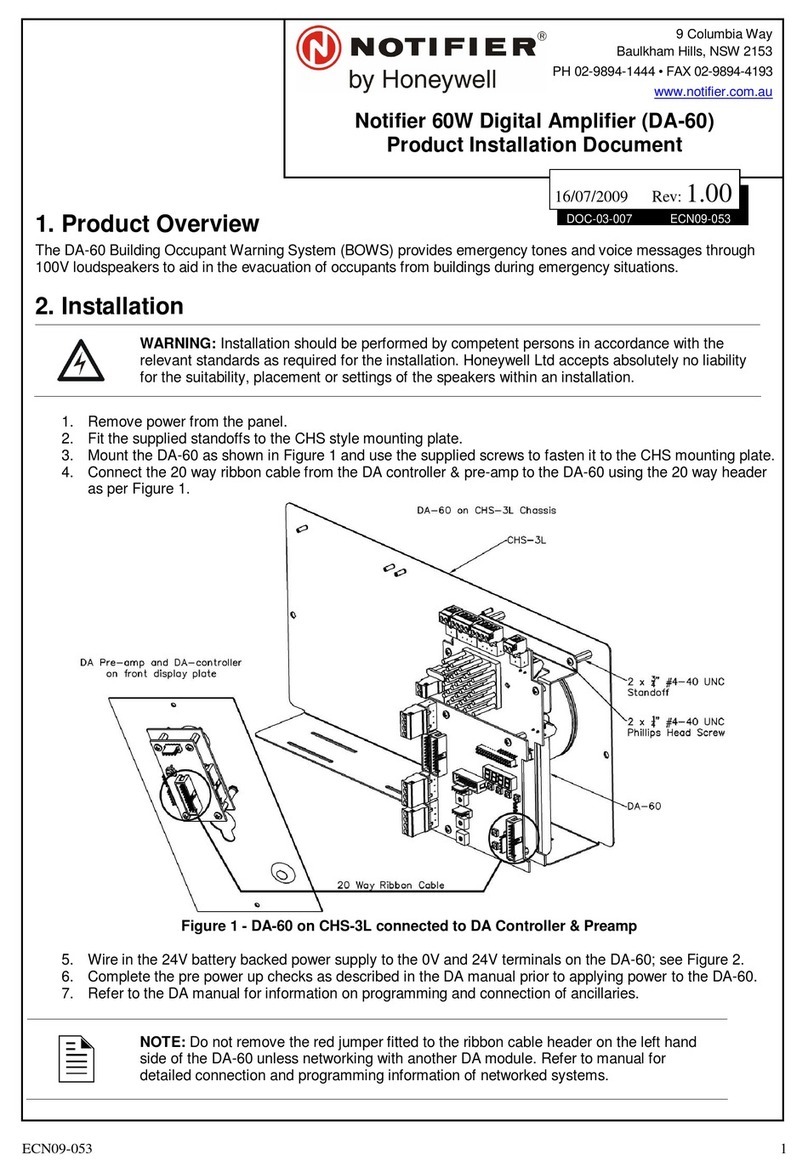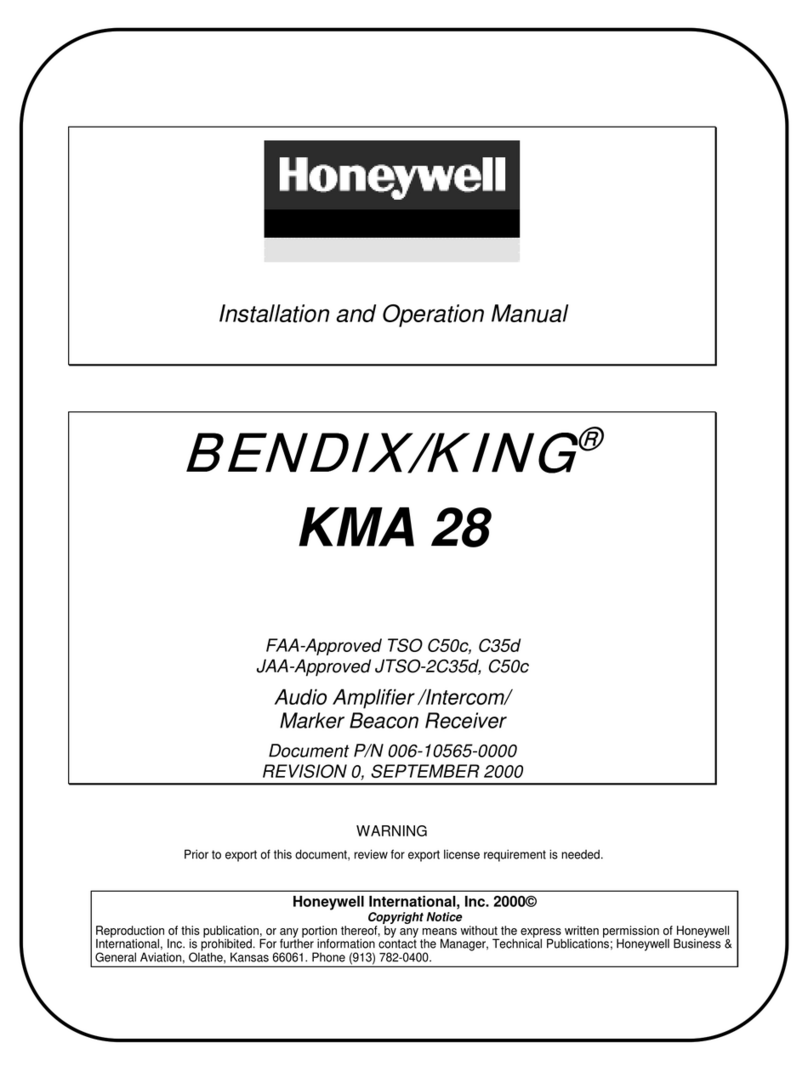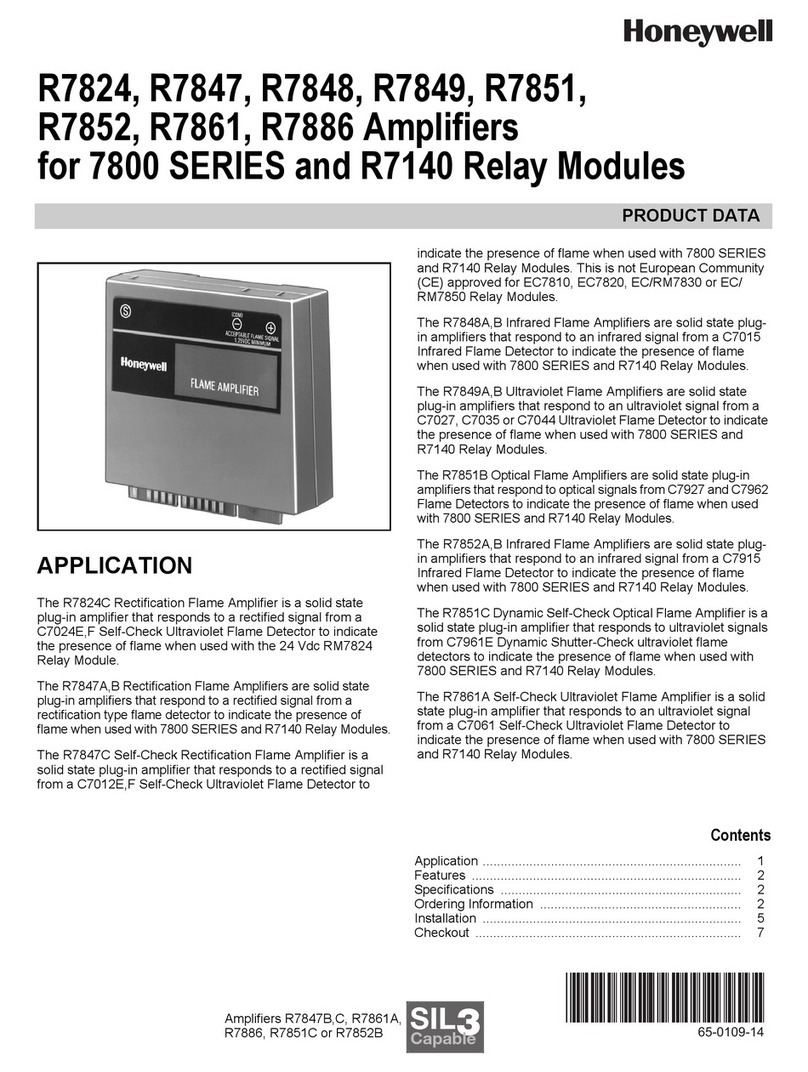i
Table of Contents
Safety Guidelines ....................................................................................................................................i
Safety Precautions.............................................................................................................................. i
Electrical Safety ............................................................................................................................ i
Transportation Safety ................................................................................................................... i
Environmental Regulations.......................................................................................................... ii
Safe Use Precautions .................................................................................................................. ii
Manual Labels and Information ................................................................................................... ii
Declaration of conformity.....................................................................................................................iii
Table of Contents....................................................................................................................................i
Preface .................................................................................................................................................... 1
Introduction ........................................................................................................................................1
Audience ............................................................................................................................................1
How to Use This Manual.................................................................................................................... 1
1
Introduction.....................................................................................................................................3
Features .............................................................................................................................................3
Functions............................................................................................................................................ 3
Main and Backup Power Supplies ............................................................................................... 3
Power Supply Protection ............................................................................................................. 3
Overheating Protection ................................................................................................................ 4
Overload and Short Circuit Protection ......................................................................................... 4
Fault Detection and Fault Logs....................................................................................................4
Self-Test Function........................................................................................................................4
Applications........................................................................................................................................4
For the X-618 System ..................................................................................................................4
2
Package Contents .......................................................................................................................... 5
3
User Interface.................................................................................................................................. 6
Front Panel......................................................................................................................................... 6
Rear Panel ......................................................................................................................................... 7
4
Installation.......................................................................................................................................9
Preparing for Installation ....................................................................................................................9
Tools ............................................................................................................................................9
Materials ....................................................................................................................................10
Cables and Wires.......................................................................................................................10
Package Inspection....................................................................................................................10
Hardware Installation .......................................................................................................................10
Connecting the Cables.....................................................................................................................11
Grounding Cable........................................................................................................................11
Audio Input Cable ......................................................................................................................11
Output Cable..............................................................................................................................13
Main Power Cable......................................................................................................................14
Backup Power Cable .................................................................................................................15
Completing Installation and Commissioning....................................................................................15
Precautions ......................................................................................................................................15








































